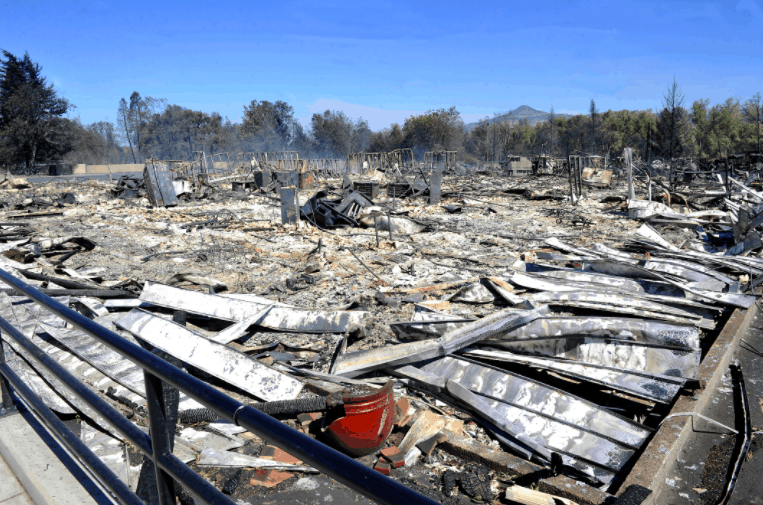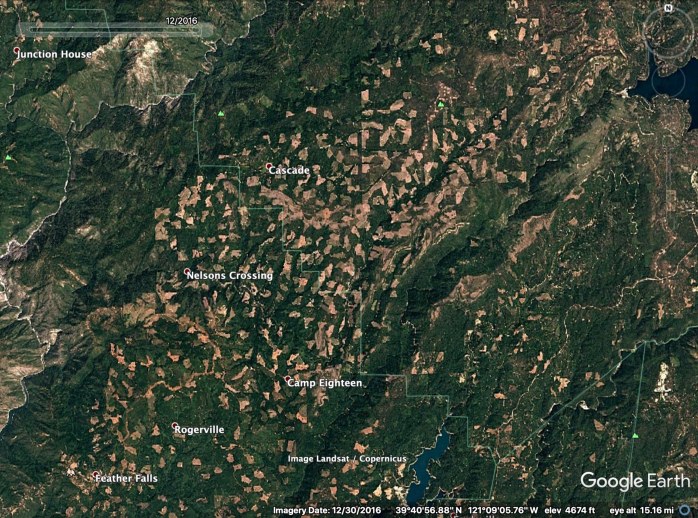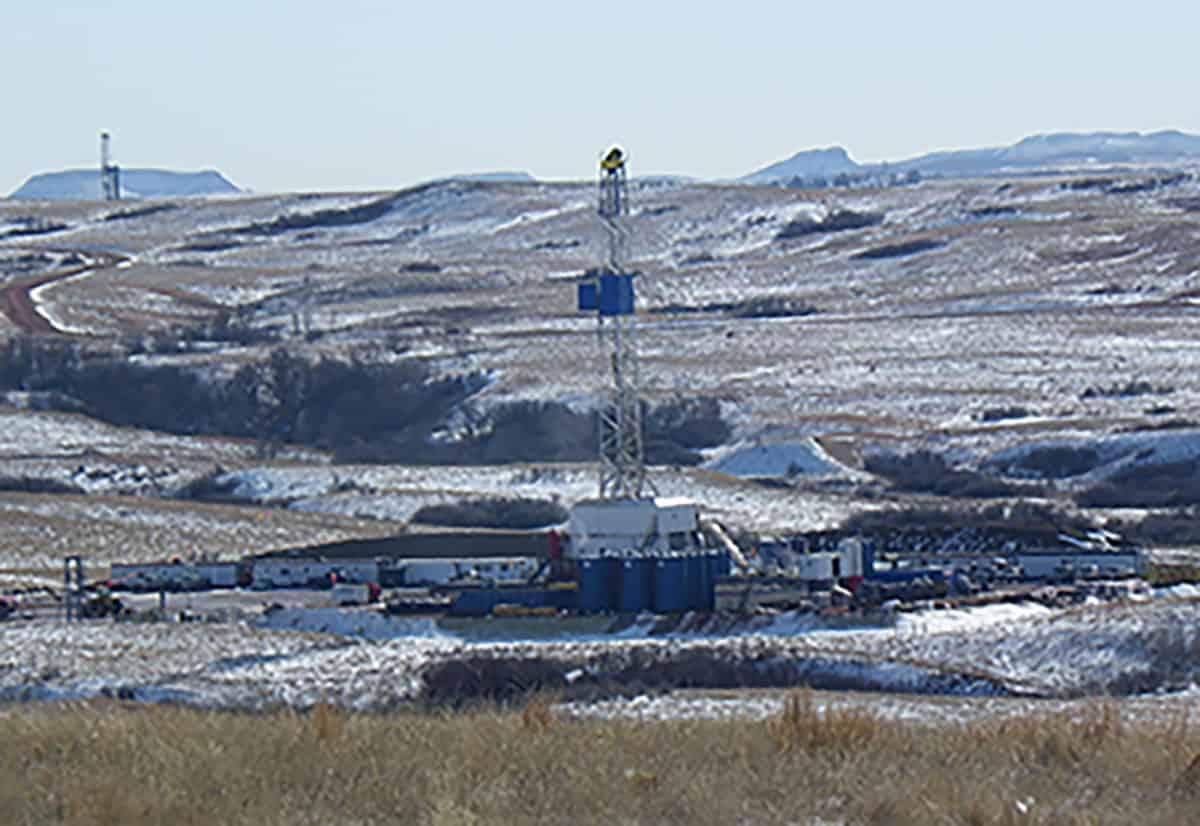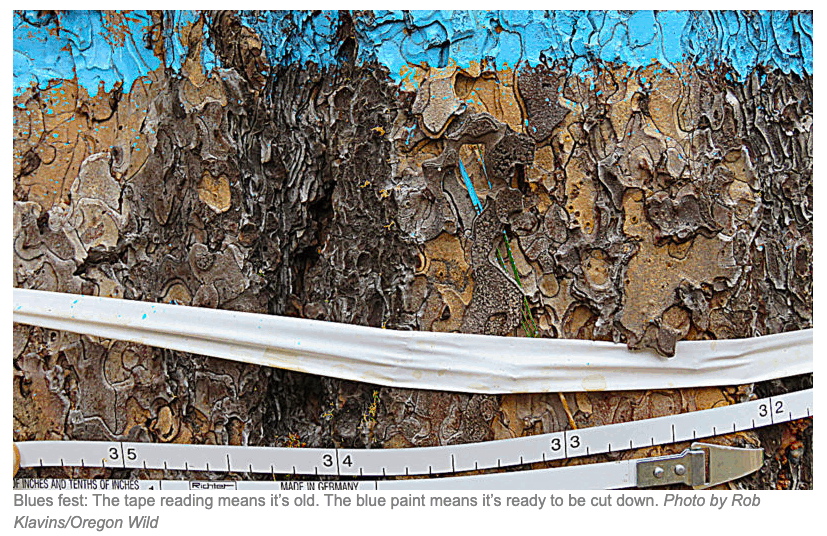
The following piece was written by Dr. Dominick DellaSala, chief scientist at Wild-Heritage, a project of the Earth Island Institute, and award-winning author of over 200 peer reviewed studies and books. It was published yesterday in the Medford Mail Tribune. To view more photos from the Almeda fire in the Talent and Phoenix, Oregon area taken by the Mail Tribune’s Jamie Lusch, click here. – mk
As I write this, my hometown of Talent is a disaster area, and I am in tears over the destruction of my neighborhood. Lives have been forever changed by this tragedy that could have been avoided with better planning.
Our elected officials have neglected to take action on community safety, focusing mostly on backcountry logging projects, and this destruction took place on their watch.
We simply were not prepared.
Consider, it took hours to reach safety in miles-long traffic jams. Ashland has a single lane leaving town heading north to Interstate 5, jammed with escaping traffic. As grateful as I am for our brave emergency responders, they were understandably overwhelmed and grossly underfunded.
We have been falsely promised that if only forest managers can thin, smoke levels would drop and wildfires would be less intense.
The Almeda fire had nothing to do with forests. Hundreds of urban structures burned in a domino effect ignited by embers cast for miles ahead of flames by unusually strong winds, extreme temperatures and excessive drought as homes became fuels.
Wildfire activity follows drought cycles and global-regional temperature spikes that dictate local fire weather. The Pacific Coast has been in excessive drought since March, aided by unprecedented summer temperatures, historically low humidity levels, and strong winds that scientists have been warning us about at least since the tragic Paradise-Camp fire disaster.
Consider that in 2017, 1,300 wildfires in the interior of British Columbia spread rapidly during extreme summer heat. Aided by strong winds, smoke billowed into the southeasterly flow of the jet stream, eventually settling in the valley. This year, fires from as far away as treeless Siberia again poured smoke into our region as, for the first time in recorded history, Siberia experienced triple-digit temperatures. Wildfires in California recently broke out during an unprecedented heat wave with temperatures soaring past 120 degrees, spinning off rare pyro-tornadoes and sending smoke into nearby states. Escaped campfires, accidental sparks and “gender-reveal” parties contributed.
Meanwhile, the climate of Oregon becomes increasingly like that of Redding, greatly upping the ante that such extreme conditions will become the new “abnormal,” as is the case for much of the dry West.
Instead of prayers and thoughts from elected officials, we need real action that rebuilds communities with safety first and foremost. We desperately need an infusion of disaster aid, relocation assistance, and proper planning to make sure this never happens again. This means planning for home hardening and defensible space along with sufficient shelters for every single community. Local planners need to have escape routes ready to go on a moment’s notice with a central warning system accessible to all residents in real time.
Retraining timber managers in law enforcement to monitor recreation use in extreme fire weather would prevent future unwanted fire ignitions. Nationwide, some 80% of all fires are human-caused, about half of them in our region by people. Road and campground closures are a must in red-flag warnings, no matter how unpopular.
Logging will do nothing to help us out of this mess. Based on the most comprehensive study ever conducted of 1,500 forest fires across the West, forests with the most logging burned in the severest fires [PDF links here and here]. This was also shown for a large fire near Roseburg in 2013 that raced through densely packed tree plantations under extreme fire weather (high temperatures and wind gusts). So, instead of logging forests, they should be managed to contribute to climate safety.
Climate-safe forest management means protecting older forests on public lands from logging to absorb and store atmospheric carbon while allowing logged-over areas decades to recover. For instance, the landmark Northwest Forest Plan reversed the dangerous trend of global warming pollution from excessive logging in the 1980s to public forests now acting as vast repositories of carbon. Logging, mostly on private lands, emits up to 10 times more carbon than even the largest wildfires.
By most accounts, scientists give us but a decade to greatly cut global warming pollution before all hell breaks loose. The way we manage forests and urban areas right now will affect generations to come as carbon has a long hang-time in the atmosphere — decades to a century.
As an evacuee, it’s only natural for me to feel angry about the abject neglect for public safety that could have been avoided with proper planning by elected officials in a region that is feeling unprecedented pain. It is irresponsible for our state and local elected officials to continue ignoring the obvious connection to climate chaos going forward.
Dominick A. DellaSala, Ph.D., is now chief scientist at Wild-Heritage, a project of the Earth Island Institute, and award-winning author of over 200 peer reviewed studies and books.
 The following comment was posted by Jim Furnish, former Deputy Chief of the U.S. Forest Service on this blog
The following comment was posted by Jim Furnish, former Deputy Chief of the U.S. Forest Service on this blog 




